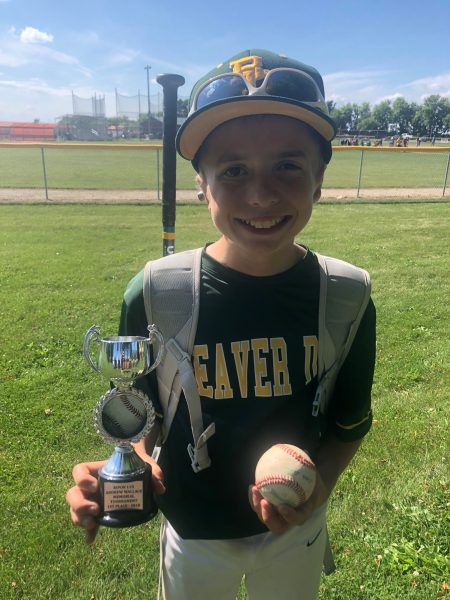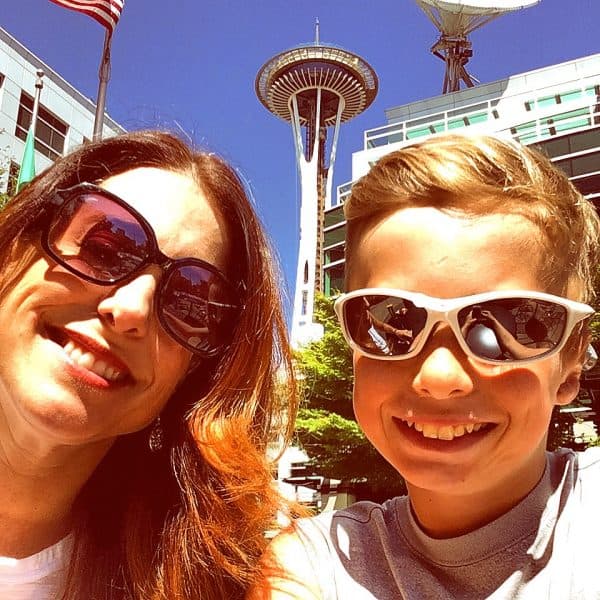When a child is born with hearing loss, it can be an emotional experience. Along with the joy of welcoming a new person into the world, parents face an overwhelming number of questions and choices about how to proceed.
However, parents don’t have to do it all on their own. There is a community of doctors, hearing specialists, and advocates who can walk them through the options for hearing loss treatment to find the perfect fit.
Meet Manny, an 11-year-old boy who loves sports, dancing, and riding his bike. His mom, Tiffany, said he lives a full and normal life with his friends and family.
Much of that is thanks to his bilateral Cochlear™ Baha® 5 Sound Processors, which allow him to hear the sounds that matter most.
“This technology for us is life-changing,” Tiffany said. “He would be living a very different life without his hearing devices from Cochlear.”
Discovering the Baha System
Manny was born with bilateral microtia and atresia, which resulted in significant hearing loss.
Tiffany said the doctors fitted him with a generic hearing aid when he was three weeks old, but it wasn’t a good fit.
“It had a long, dangly cord, and it was a real mess—but it was the only option our audiologist had provided us,” she recalled.
At that point Tiffany began calling bigger hospitals and was able to track down information on the Cochlear Baha System.
“It was kind of new at the time but they mailed me a flier,” she said. “We brought that to our audiologist and had them research and order it for us.”
Manny was fitted with the Baha Divino on a Softband when he was three months old.
When Two is Better Than One
When Manny was about a year old, a hearing specialist recommended that he transition from unilateral (one processor) to bilateral hearing (two processors). Tiffany agreed, although she said she didn’t understand just how important it was until later.
“When he was a baby, I didn’t really understand the ‘need’ for this, but it became very evident as he began talking and had speech delays,” she said. “The bilateral Baha Sound Processors maximized his hearing, which maximized his speech.”
Softband to Implants
Manny wore two processors on a Softband until he was 5 ½ years old, when he received bilateral implants.
“His speech improved almost immediately, because the sound was much louder with the implants,” Tiffany said.
Now, she said Manny can wear one processor “for around the house, in a perfect environment, without any background noise.”
But in learning environments such as school, dance, or riding a bike, Tiffany says, “two is an absolute must.”
She said that having two processors includes some added benefits.
“I like that if one Baha Sound Processor is streaming to the Mini Mic or FM System at school, the other Baha Sound Processor can hear his classmates around him,” she said.
It’s also a better fit for his active lifestyle.
“If one battery dies, he always has a working second processor, which is critical when hanging out with friends or when he is on-the-go,” she said.
A Normal Life
Tiffany said Manny would be living a very different life without his Baha Sound Processors.
“Today he participates in mainstream school, sports, and competitive dance— he lives a very normal life,” she said. “That is because he can hear and he has good speech.”
Wondering how you or your child could benefit from the Baha 5 System? Visit the Cochlear website to learn more about the Baha System and bone conduction implants.

